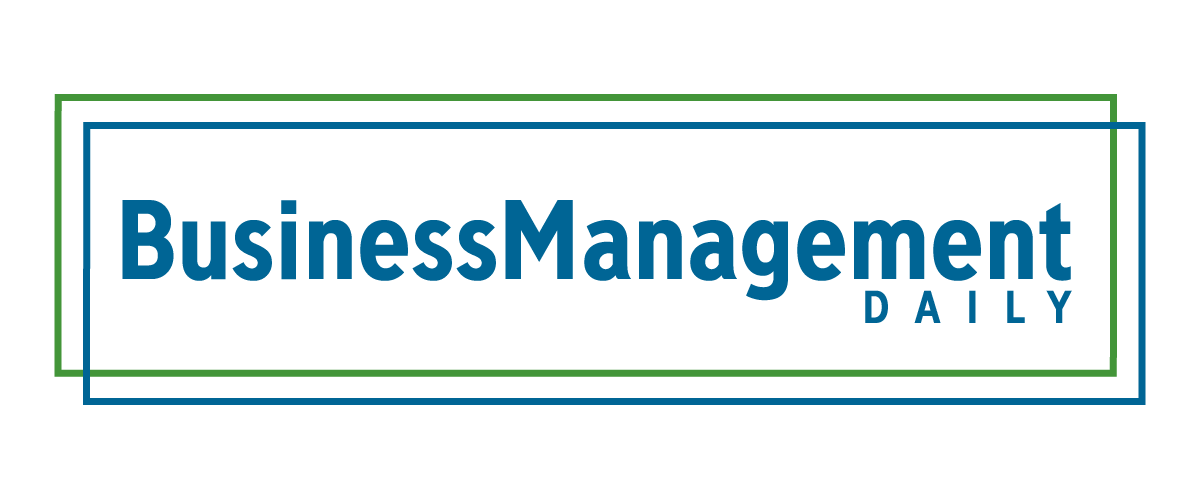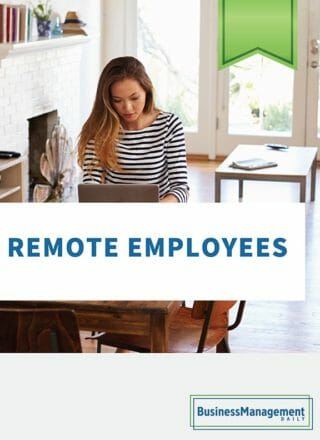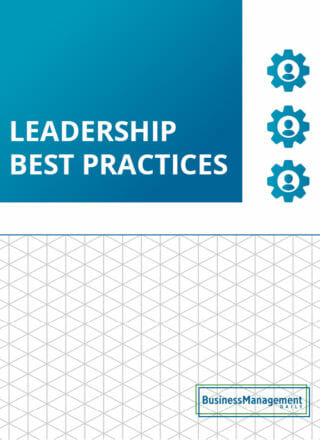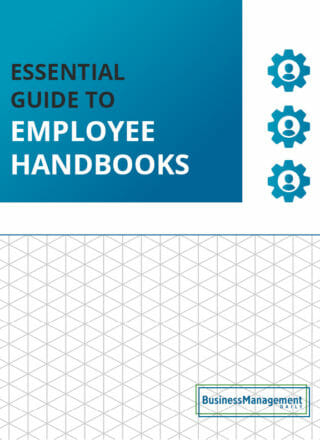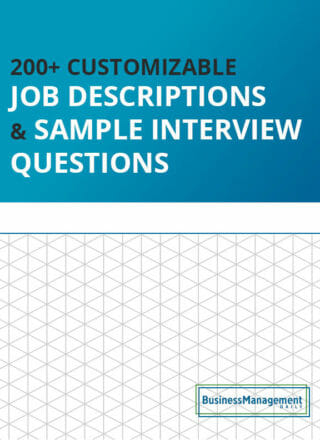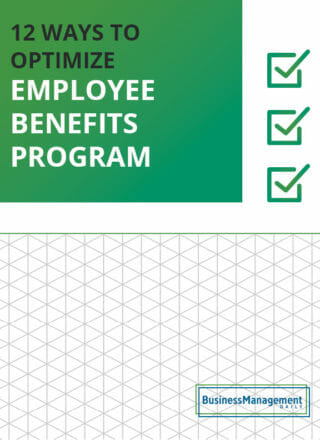Employee perk ideas to improve employee satisfaction and attract top talent
Great workplaces produce great work. While there’s no one-to-one relationship between a fancy espresso machine and high productivity, employers who value worker well-being perform better than those who don’t.
There are plenty of ways to provide perks for employees—budget-friendly and extravagant—but however you decide to approach it, the important thing is to make an effort. Have a plan and look for ways to improve.
In this blog, we’ll discuss why perks are important, how companies can provide the incentives employees want, and how they can do it without blowing the budget.
Why perks matter
Companies rely on people, and people are emotional creatures. We have hierarchical needs for connection to be met before we can function properly, and while some of us are more emotional than others, everyone needs to feel valued.
Workplace perks show people they matter to their employer while also providing them with something of value. This leads to higher retention by creating a sense of loyalty within the company culture. Workers understand that their company is interested in their well-being, and they might even feel some joy about spending time there (rather than dread).
Perks can also help your employees become more effective at work. Rather than spending their evenings sipping beers in front of the TV, for example, a gym membership can get them involved in healthy activities that help them focus and engage more the next day.
Other perks that help workers can include:
-
Daycare facilities/stipends
-
Mental health services
-
On-site gym amenities
-
Cell phone plans
-
Remote work options
-
Extra vacation time
-
Tuition reimbursement programs
Your business may not have a big enough budget to afford the deluxe package, and that’s okay. Some companies waste a lot of money on perks no one wants or needs, which is why the best approach is to explore what people want and then find ways to get there.
Job benefits aren’t perks
There’s a fine line between a fun extra and a non-negotiable employee benefit. Competitive pay and health insurance aren’t perks. A coffee mug won’t rescue weak rapport with disgruntled employees.
Some employers mistakenly think gift cards around Christmas can make up for subpar pay, but this has never been true. A gym membership is nice, but healthcare is better. Bonus packages shouldn’t be the carrot on a stick to earning a competitive salary, whether or not people meet their quotas.
There’s just no substitute for paying people a competitive salary and giving them the benefits package they need to thrive outside of work. Without these things, employees may feel resentful and look for employment elsewhere, where employers don’t expect people to work for free.
Types of perks
There are all kinds of ways to give employees more than what they’re entitled to (such as pay, time off, healthcare, etc.). The most basic perks usually involve food since people also need food to function.
The coffeemaker is the most identifiable perk. Employees like coffee, and employers like the increased work that gets done when employees feel alert. This win-win should guide your efforts to find employee perk ideas.
Inside the office
A comfortable working environment is a must-have, but there are plenty of other ways to go beyond and create something amazing.
What if employees didn’t have to leave the office to relax, for example? In the era of isolation booths for phone calls, some companies install nap rooms and pods so people can take a break without leaving their cars. Even adding a couch to common areas can contribute to a more “human” environment.
On-site food and dining areas also help employees stay focused. Going to work can be expensive! Employees who work in-person spend up to $50 a day on expenses related to commuting, parking, and buying food and coffee—expenses remote workers don’t have to worry about.
Any workplace that offsets the time and money spent buying food will have a more dedicated workforce, if not only because of the time saved by staying at the office.
Break rooms can also get fancy. At their most exceptional, they are stocked with all kinds of snacks and drinks (including in-office beer fountains for happy hour), but really, they just need to be a convenient space to get away from your desk.
A good break room should include:
-
Clean surfaces, first and foremost
-
Comfortable seating
-
Coffeemaker
-
Healthy snack options like nuts and dried fruit
-
Refrigerator to store lunches
-
Workspace cleaning supplies, like wipes and hand sanitizer
Break rooms and snacks are a convenient way to keep employees in the office. Beyond that, the next step is providing amenities to enhance life.
A home away from home
Ever had a coworker who biked to work? They get sweaty, and unless there’s somewhere for them to bathe, they can stink up the workplace.
Some perks bridge the gap between work and home so that people can do their work with less distraction. Bathrooms, for example, can be a great place to stock toiletries like mouthwash and deodorant. An on-site shower could also help our cyclist coworkers freshen up after exercising on their trip to work. All these things create a work environment that lets people take care of their daily routines.
One huge perk found in some of the top companies is childcare. This makes a lot of sense and can significantly impact working mothers, an ever-growing demographic.
Whether it’s on-site or at a nearby location, relieving new parents of the stress and costs of an 8-hour babysitter shift can be a massive help. There’s no question that childcare would endear top talent and high-value applicants to your company. The same goes for parental leave, especially paternity leave.
On-site gyms are also fantastic employee perks. Some people like to jog during their lunch break or right after work, and if there’s a gym nearby, they can do it for free. Even putting a treadmill and a pull-up bar in a small room can suffice, though if you have the means, a full gym is a perk people want.
Spending 40 hours a week at work is a big commitment. When the office doubles as a home away from home, that commitment is much easier to stomach.
Perks outside work
Office space is precious. Commercial property costs a lot to own/rent, which is why most offices are fairly bare-bones—they keep in-house offerings lean and leave the extras offsite. This is a perfectly valid approach.
Perks for these offices tend to include package deals, which bundle fitness and mental health so businesses don’t have to pay for them out of pocket. The obvious choice is a wellness plan.
Wellness plan packages can include:
-
Regular health screenings and preventive care.
-
Gym memberships, fitness classes, and wellness challenges.
-
Mental health support through employee assistance programs (EAPs).
-
Nutritional support through workshops and access to dieticians.
-
Quit Smoking programs.
-
Work-life balance initiatives, such as work-from-home and mental health days off.
-
Financial wellness programs and retirement plans.
-
Pet insurance.
Mental health has become a priority in recent years (thanks in large part to millennials). More and more employees are taking advantage of the ability to speak with unbiased third parties about their worries, and the result is a stronger, more consistent workforce.
Flexible schedules and PTO are also critical. If your employees aren’t taking regular breaks, something’s wrong. Modern companies are adopting the “unlimited vacation” approach to allow employees to leave when needed, although many abuse it with the caveat of “…once your work is done.”
Financial tools are also a huge benefit since managing money is hard. People who never learned all the jargon about retirement planning can put some money away in an IRA or 401k with their employer’s help. Ideally, with enough time spent in employment, this will become a nest egg that provides a feeling of stability and calm about the future.
Perks outside the office can provide structure for your employees’ lives, especially in areas where they may have trouble managing themselves.
Wonderful work outings
So far, we’ve talked about tasks and life management perks, but there’s a whole other world of perks centered around making work fun.
Celebration is important. It marks a milestone in ongoing projects and rewards collaborators with fun memories and even new friendships. Life is better with new beginnings, and a good celebration can break up the ongoing monotony that is work.
Again, let me preface this by saying that a milestone celebration is not a substitute for money. If teams are performing well, they should be rewarded with cash first, then a celebration. A pizza party can feel like a slap in the face if it takes the place of a real, material bonus.
With that said, work outings are fantastic. There’s something special about seeing coworkers outside the workplace and letting loose. Teams bond, photos are taken, and people might even embarrass themselves—but it’s all under the umbrella of having a good time in the name of work.
Consider hosting a work outing for occasions like:
-
Recognition and appreciation. When your team goes above and beyond to reach a goal, they should be rewarded with a big thank you.
-
Milestone celebrations. If you finally finished a huge project for a difficult client, a work outing can help team members let off some steam and internalize the project’s end.
-
Holiday parties. Most companies throw some shindig in winter because it’s a tradition worth keeping, and parties usually feel festive and warm.
-
Networking opportunities. Sometimes, people need to meet people outside their bubble and build relationships that will serve them later on.
-
Relaxation. Not all parties need a reason, and since some of the most grueling work periods occur without holidays in sight, employers are wise to create arbitrary reasons to celebrate.
People are what make work happen. Most of us don’t remember the work we did so much as the people we did that work with, and work outings are places that cement those relationships into long-term memory.
Outings don’t have to be glamorous, either. Along with dinner, some outing ideas can include:
-
Volunteer activities where teams work together on something other than work.
-
Classes to learn new skills, such as a cooking workshop.
-
Team-building activities like escape rooms where teams solve puzzles together.
-
Outdoor adventures such as a beach day or a hike.
-
Wellness retreats are popular, such as a day at the spa or a group yoga class.
-
Cultural outings such as concerts or museum exhibits.
-
Book clubs that let employees share ideas.
A good way to generate ideas is to ask your employees. They tend to know better than management how to spend their time best, which leads us to the last point.
Do what employees want.
Management can sometimes be comically out of touch with bottom-line workers. The two have differing goals and motivations: Managers want more work done, and workers want to spend less time at work.
Company perks should span this rift, but how? How can managers know which perks employees want? Here’s how: just ask.
Executives worry about buying standing desks for the whole office. However, their employees just want the Friday before Christmas off. Furthermore, employers may have the most scientifically efficient seating layout. Nevertheless, being sat next to the chatty sales team is a real problem for the writing team’s radio silence.
Perks are about making life easier for everyone. Put out anonymous surveys that let employees tell you which perks best serve that purpose. From there, a more concentrated survey will ask people to pick their top three of five perks. That should be enough to get started.
It’s also worth noting that you can back out if you get something wrong. Trial periods exist to see how teams enjoy certain perks. If they aren’t responding to it, scrap the idea and try something else.
Basics are always worth it.
Employees value their workplace by how much it contributes to their independence. Spending 10-12 hours per workday may result in lots of work getting done, but it quickly leads to burnout and low retention. If perks aren’t geared toward job satisfaction at work and finding peace at home, they’re not helpful.
Always start with the basics. Is pay competitive? Do employees have reasonable work hours? Is the atmosphere at work healthy?
Perks won’t make up the difference if any of these elements are missing. Good workplaces, on the other hand, can use perks to elevate their campuses to elite places to build a career.
